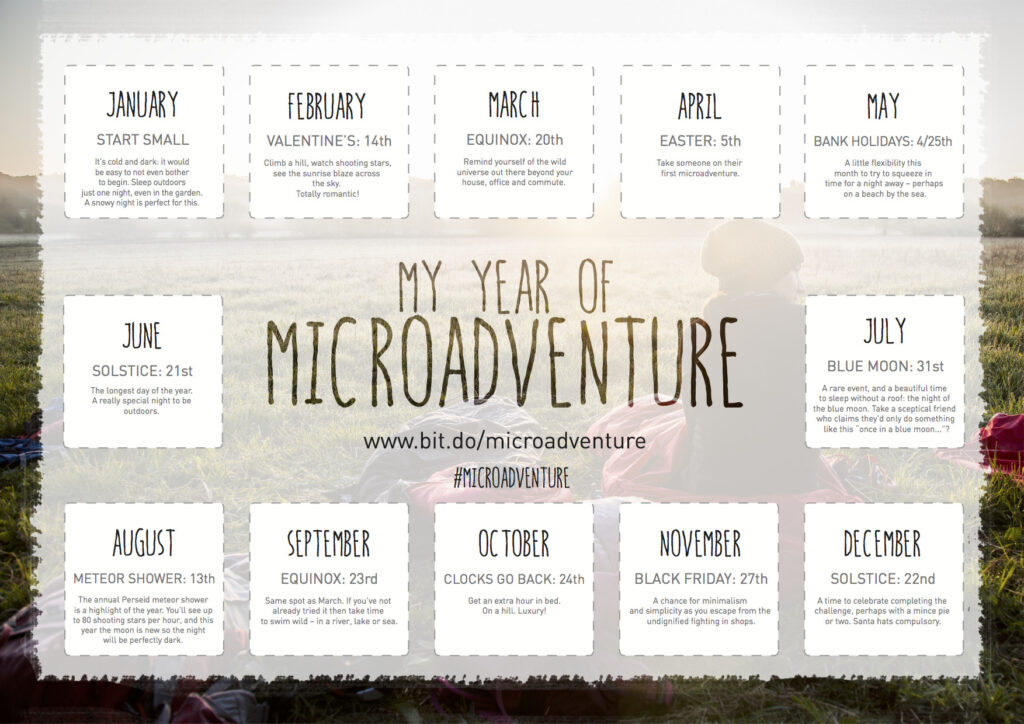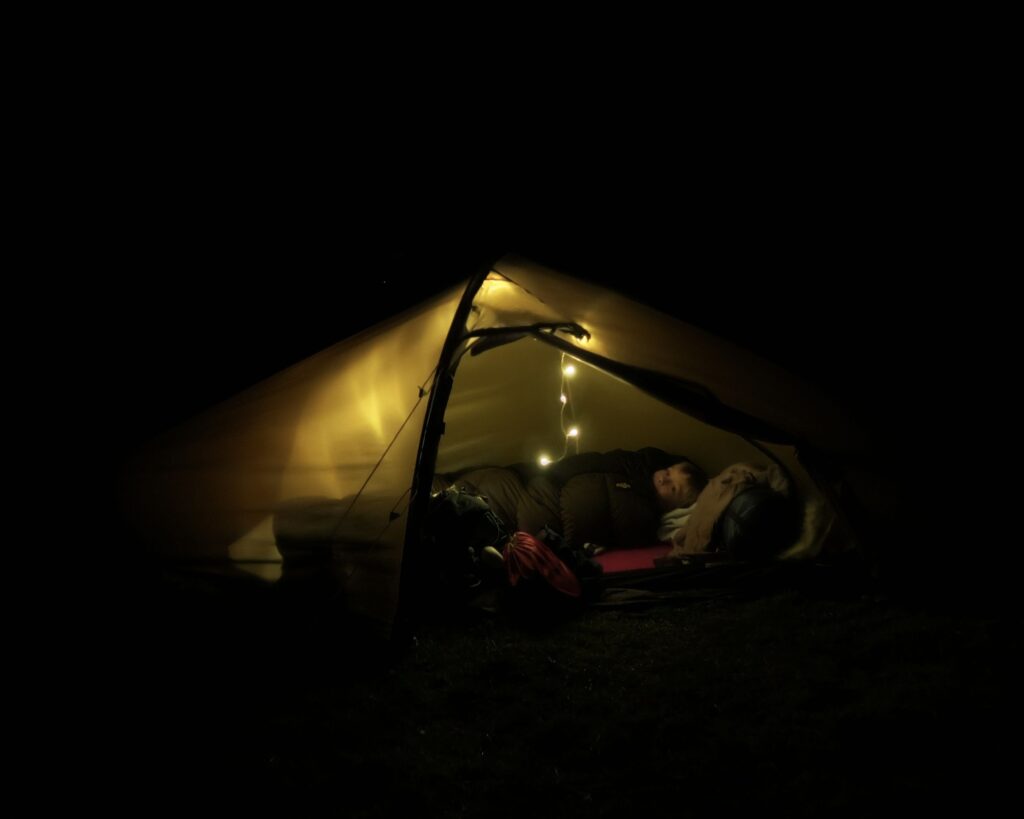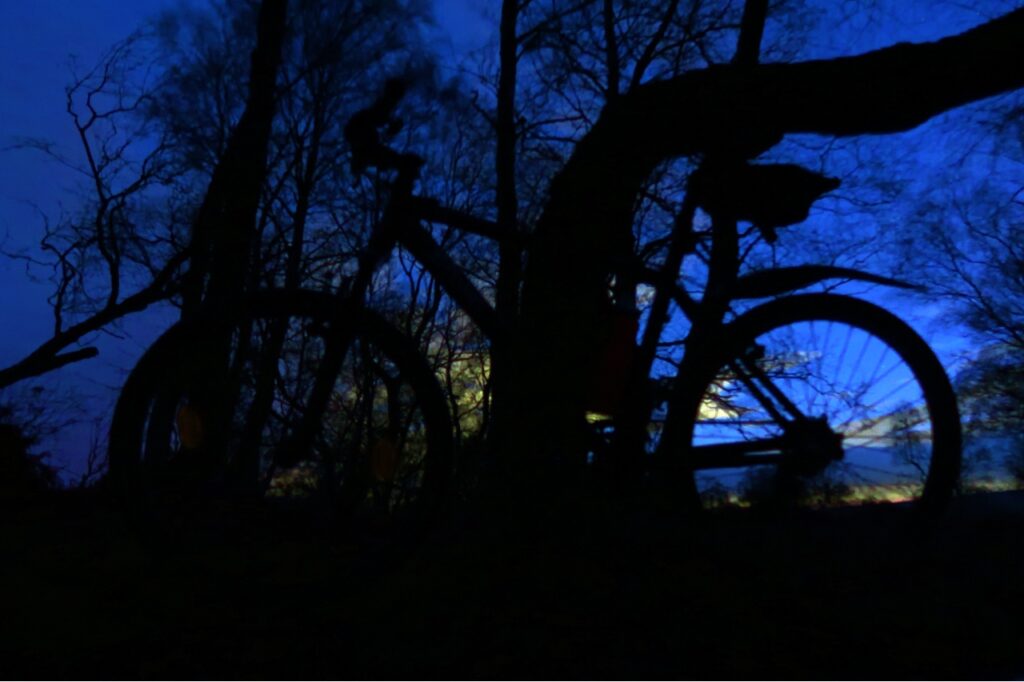Are you ready for an adventure? Alastair Humphreys, author of Microadventures has inspired me to embark on a year-long micro adventure challenge. Years ago, I took up the once-a-month microadventure, with a night out wild camping. Now I’m ready to take it on again and hopefully with a range of different activities. I am planning on doing some solo trips, some with my kids, and some with friends. Also like the idea of incorporating the the Cycling UK challenge of “12 nights out in 1 year” back-packing.
I really love the idea of microadventures, as they offer the opportunity to reconnect with nature, challenge yourself and break out of the routine all while fitting it in around your life as these can easily be done as a 5pm to 9am adventure and plenty of scope to do them locally.
In this blog post, I will be sharing my experiences each month, tips and the gear that I used during my microadventures and how it goes.

January
With the goal of starting small as Alastair suggests: “It’s cold and dark, it would be easy to not even bother to begin. Sleep outdoors, just one night, even in the garden. A snowy night is perfect for this.”
So we started small and with the joys of camping in our own backyard. We set up our three-man tunnel tent, laid out our closed cell mats and therma-rests, and snuggled into our winter sleeping bags. We even tested out my new Rock and Run Yanga 800 sleeping bag for the first time. As we settled down for the night, we turned on the fairy lights and listened to “Shockwave: Jack Courtney, Book 3” by Wilbur Smith on audible. It was a lovely night spent together as a family.
Feeling accomplished with our first microadventure, I planned to up the ante slightly the following weekend with a wildcamping trip with just my son. We decided to head to the Peak District by getting the train to Grindleford. After grabbing some chips at the station cafe, we set off into the dusk, with the aim of set up camp in a secluded spot, with our Hilleberg Akto tent. This tent has long been my favourite for solo or small group camping trips. We found a sheltered, secluded spot away from any trees and set up camp. We cooked our dinner on my trusty trangia, enjoying rice noodles and miso soup, followed by Uncle Ben’s golden rice and a chocolate brownie. Despite the forecast predicting bad weather, we had a peaceful and comfortable night’s sleep, sheltered in a clearing in the woods.

The next morning, we woke up to the watchful eyes of some local deer. We waited for daylight to pack up and set off, walking along the edges and visiting the Bronze Age Hob Hurst’s House on Beeley Moor. From here we then dropped down into Chesterfield, feeling accomplished and energised by our adventure. This trip set a high bar for the adventures to come over the next few months and it was a wonderful experience to spend quality time in nature, away from distractions, chatting and enjoying the beauty of the outdoors.
With two trips under my belt in January, I still wanted to get a bikepacking trip in as part of my 12 nights out in 1 year goal. As with any trip, it was a great time to relax, refresh, and reflect. Like the Hudson Bay Company Voyageurs, who used the first night of their expeditions as a “shakedown night” to check their gear, this first bivvy of the year was a great chance to see how my winter bivvy kit worked and if there was anything I had forgotten. Two items popped on this list, baby wipes to get the bike oil off my hands after removing a twig from my rear derailier, and a small travel towel.
Something that I always find useful on camping trips is a garden rubble sack. This is a great way to keep your shoes dry and protected from the elements, especially if you’re camping in an area that is prone to rain or dampness.
One of the things that I found to be particularly rewarding about this trip was that even when my motivation was low, I felt so much better for getting out and exploring the wilderness.

When it comes to gear for winter bivvy trips, it’s important to make sure you have the right things for the conditions you’ll be experiencing. Good weather forecasting can help with this. These are the items I packed for this trip:
- A good sleeping bag (I used a rock and run Yangra 800)
- A silk liner
- A bivvybag, in my case, the RAB Alpine bivvybag
- A therma rest
- An additional sleeping mat for very cold weather to improve insulation from the ground, on this trip I used my new AlpKit EZ Sleeper mat
- A Tyvek groundsheet to go under everything
- A small head torch for low profile, a bright head torch and bike lights to find my way
- A spare jacket, some water, and sandwiches
- A toothbrush, my phone and camera
On my trip, I headed up to a bit of access land that has a bridleway running through it, and then found a spot well away from the path to spend the night. I found a spot and set up just as the misty dampness was starting. My night’s rest was broken once when I woke up to a beautiful starry sky before waking up just before dawn and it was lovely watching the very start of sunrise before slowly getting up and heading back to my desk to be ready to work at 9am.
I am really looking forward to more of these over the coming months, and it was a great start to my goal of #12nightsoutin1year